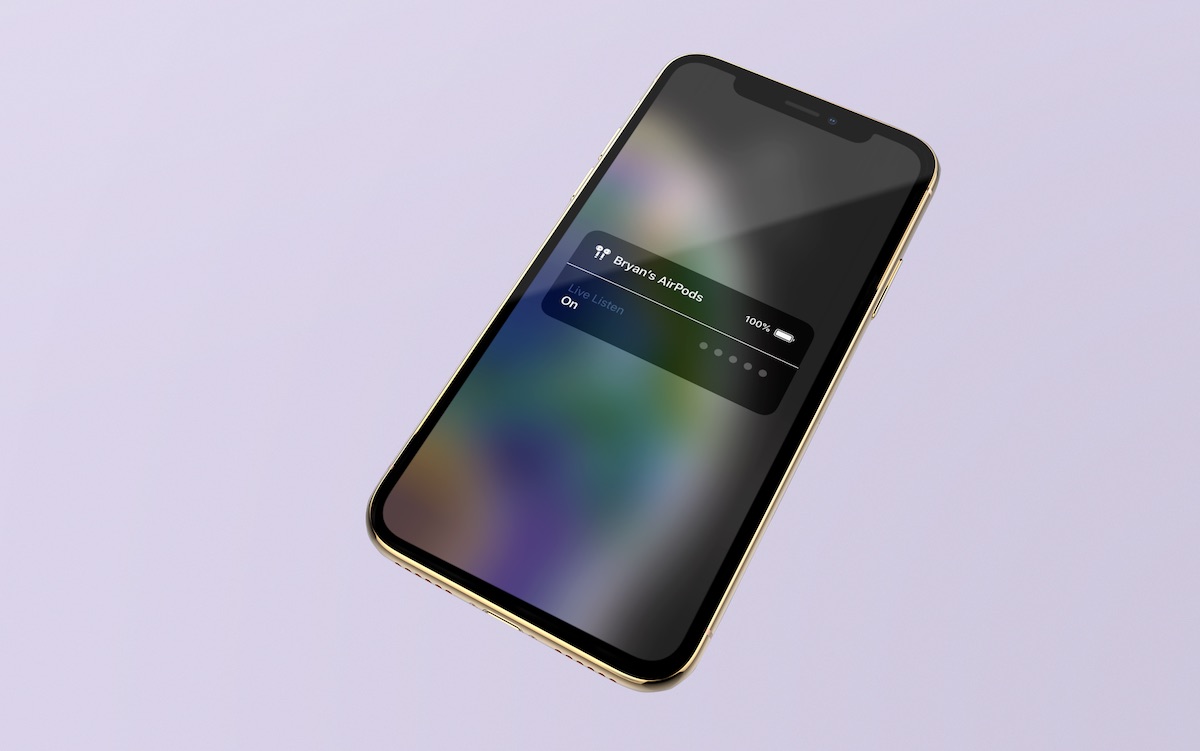
Voice Control is incredibly capable, so you’ll likely have to use it for a while to understand how to get the most out of it.

When your device notices you’re not looking at it (using the front-facing TrueDepth camera), Voice Control will automatically sleep to use Voice Control without looking at your iPhone, you’ll have to preface your next command by saying “Wake Up.” If you only want Voice Control to listen when you’re looking at your iPhone, toggle on the Attention Aware setting on the main Voice Control screen.

Here’s how to start using Voice Control:ħ. But you can't master a feature you haven't enabled. The feature's not perfect as we found out in our iOS 13 review, and there's a bit of a learning curve on mastering those commands. And if you’re in a situation where you must interact with an on-screen button that isn’t clearly labeled or obvious, you can instruct iOS to number all the actionable elements on your phone’s screen, allowing you to say a specific number to trigger that particular function. But you can also instruct your iPhone to open specific apps, enteer words in a text field and edit them after the fact, zoom in and out, drag and drop and even invoke 3D Touch, all using your voice. Simple commands, like “go home” or “go back,” are allowed. Voice Control is more like a substitute for touching the iPhone’s screen, so anything you’d normally have to physically interact with the device to do, you can now accomplish just by speaking. That might sound a lot like Siri, the voice-controlled digital assistant, but this new feature is actually very different.

Among other capabilities, Voice Control adds numbers to items on the screen for easier selection with your voice.


 0 kommentar(er)
0 kommentar(er)
